Discover 11 hidden attractions, cool sights, and unusual things to do in Aiken (United States). Don't miss out on these must-see attractions: St. Mary Help of Christians, Aiken Thoroughbred Racing Hall of Fame and Museum, and Old Aiken Post Office. Also, be sure to include St. Thaddeus Episcopal Church in your itinerary.
Below, you can find the list of the most amazing places you should visit in Aiken (South Carolina).
Table of Contents
St. Mary Help of Christians
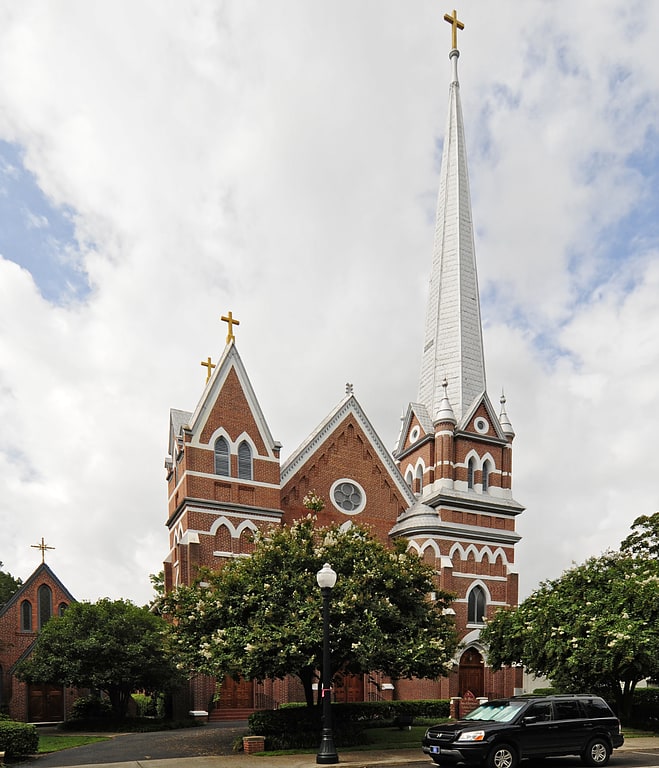
Catholic church in Aiken, South Carolina. St. Mary Help of Christians Church is a Catholic parish of the Roman Catholic Diocese of Charleston. The main parish church is at 138 Fairfield St. SE in Aiken, South Carolina. The campus also includes the historic 1905 church at the corner of Park Avenue and York Street, and Ste. Claire Chapel, which sits to the left of the historic church. These two church buildings are listed on the National Register of Historic Places[1]
Address: 138 Fairfield St SE, 29801 Aiken (Aiken)
Aiken Thoroughbred Racing Hall of Fame and Museum

The Aiken Thoroughbred Racing Hall of Fame and Museum was established in 1977 as a tribute to the famous flat racing and steeplechase Thoroughbred horses that trained in Aiken, South Carolina.
The museum was a project of the local Jaycees, aided by Thoroughbred horse racing expert Whitney Tower, horse racing editor for Sports Illustrated and Vice President of the National Racing Museum and Chair of its Hall of Fame.
The museum is located on the grounds of Hopelands Gardens, the former home of Charles Oliver Iselin and Hope Goddard Iselin that is now owned by the City of Aiken. The museum occupies the Iselins' former carriage house and stables. The Hall of Fame commemorates 40 Eclipse Award-winning horses that trained in Aiken; the museum also includes a variety of other exhibits.[2]
Address: 135 Dupree Pl SW, 29801-4811 Aiken (Aiken)
Old Aiken Post Office
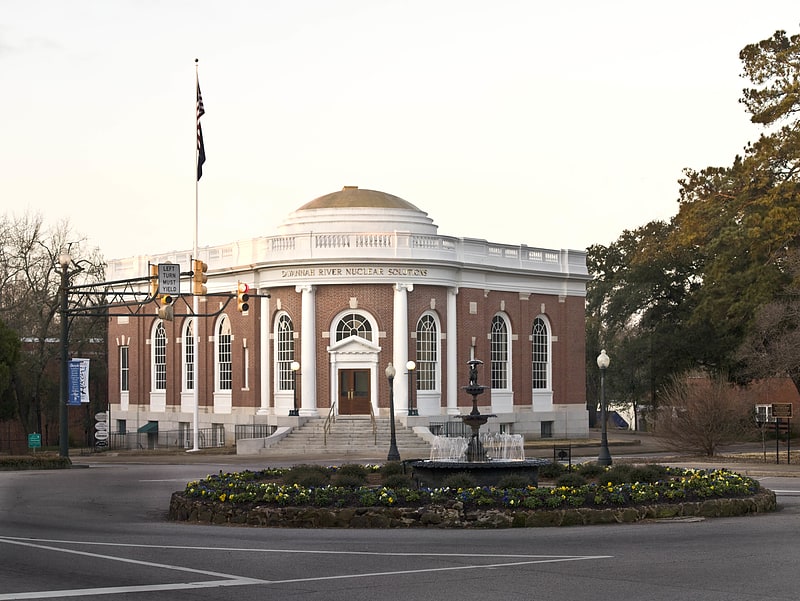
The Old Aiken Post Office, located in Aiken, South Carolina, is a former United States Post Office and photography studio that now serves as an office building. The first floor of the building has been occupied by Savannah River Nuclear Solutions, LLC since December 2009 following renovations.
The building was originally proposed by U.S. Representative George W. Croft in 1904. After Croft's death, his son, U.S. Representative Theodore G. Croft, continued the project. Over the years, the building has been occupied by numerous politicians, including U.S. Senator Strom Thurmond and South Carolina Senator Tom Young.[3]
Address: 122 Laurens St SW, 29801-3888 Aiken (Aiken)
St. Thaddeus Episcopal Church

Episcopal church in Aiken, South Carolina. St. Thaddeus Episcopal Church is parish of the Episcopal Church in Aiken, South Carolina. It is noted for its historic church at Pendleton and Richland Streets.
Aiken is a planned community, and land for the church had been set aside in the original plan by the South Carolina Canal and Railroad Company. The cornerstone for the original church was laid September 5, 1842. This building was subsequently renovated and expanded over the years, and additional buildings added to the campus. The church was added to the National Register of Historic Places in 1984.[4]
Address: 125 Pendleton St SW, 29801-3861 Aiken (Aiken)
Hopelands Gardens
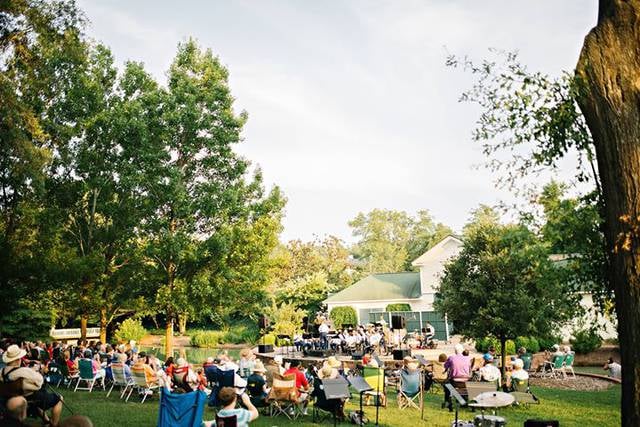
Garden, Park, Relax in park
Address: Whiskey Road and Dupress Place, 29802 Aiken (Aiken)
Aiken Colored Cemetery
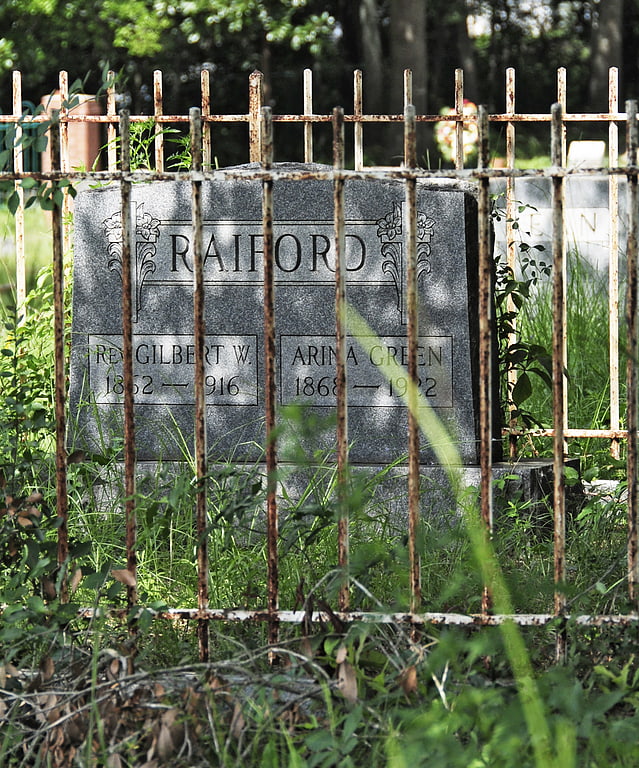
Cemetery in Aiken, South Carolina. Aiken Colored Cemetery, a historic cemetery in Aiken, South Carolina, USA, covers nearly 10 acres and is located several miles from the downtown area. It was the only burial grounds for Aiken's African-American community through the mid 20th century.
The cemetery began operating in 1852, well before the Civil War era. Its occupants represent a diverse range including slaves, freedmen, business leaders, tradesmen, and paupers. The cemetery is now called Pine Lawn Memorial Gardens and is accessible to the public.
Aiken Colored Cemetery was listed in the National Historic Register on March 19, 2007.[5]
Immanuel School
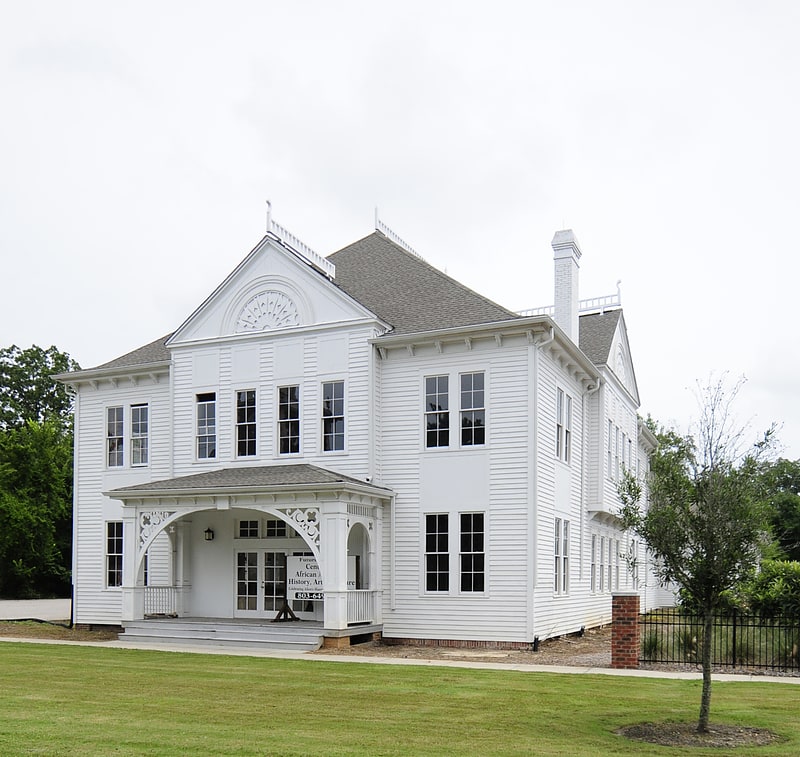
Immanuel School is significant for its association with the area's parochial education of African-American children in the Aiken, South Carolina, area from 1890 to 1932. It was listed on the National Register of Historic Places in 2009.[6]
Coker Spring
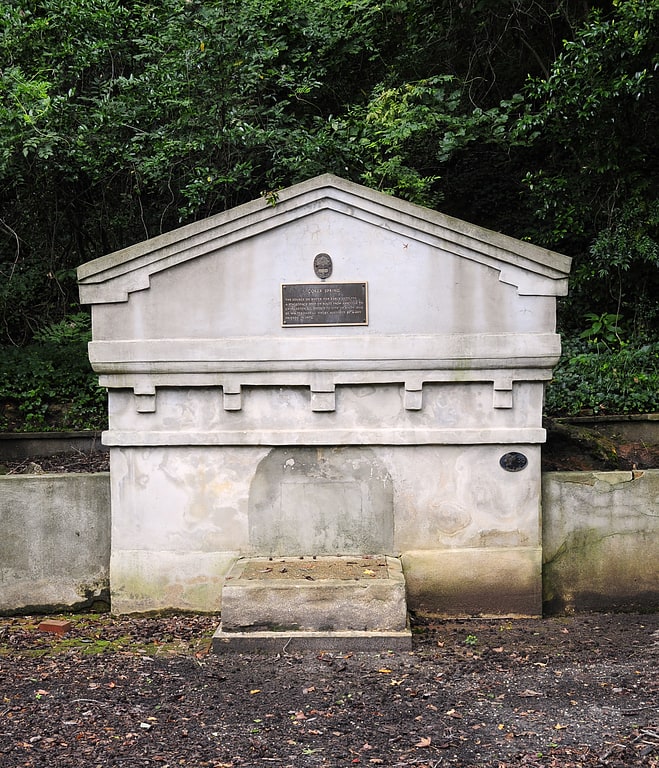
Coker Spring is a fresh water spring located on Coker Spring Road in Aiken, South Carolina. This spring is formed by a "junction" where the water table intersects the ground surface and according to archaeological remains, has been used since prehistoric times. Coker Springs was listed in the National Register of Historic Places on January 18, 1978.[7]
Chinaberry
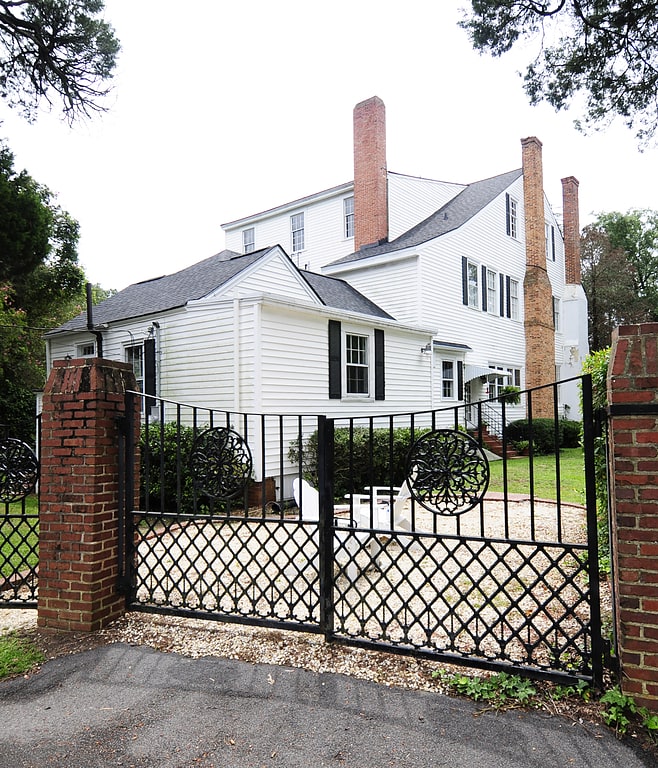
Chinaberry, also known as Williams-Converse House, is a house in Aiken, South Carolina that was built in 1824. It was listed on the National Register of Historic Places in 1982.
A skirmish in the Civil War occurred in the front yard of the property.[8]
Phelps House
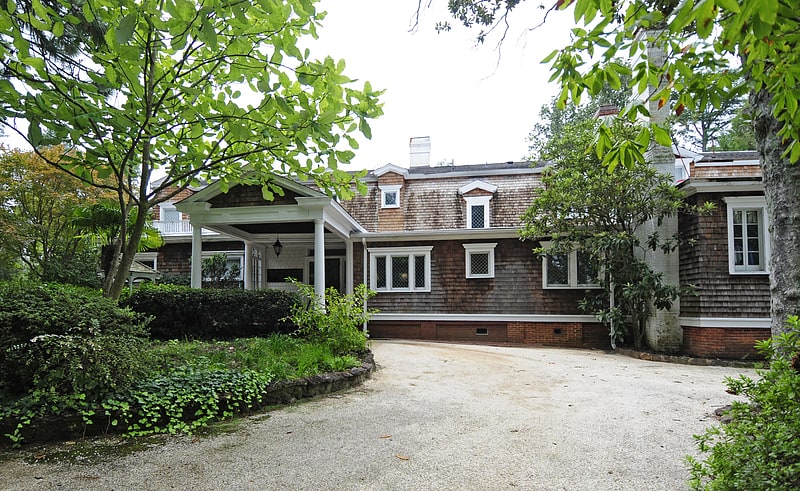
The Phelps House, is located in Aiken, South Carolina. The house was built in the early 1900s on the foundations of an antebellum house that had been destroyed during the Civil War. It is historically significant for several reasons, one of which is its very distinctive Shingle Style. This style, used often in the late 1800s and early 1900s in the resort homes of the rich, was rarely used in South Carolina. The large house has over 20 rooms, and the grounds include the stables, garage, greenhouses and kennels. As of 2012, the home is available for commercial purposes and due to this use, can be readily viewed and enjoyed. It was listed in the National Register of Historic Places on June 10, 1974.
Today, the property is open to the public with amenities that include Overnight Accommodations, Event Venue Facilities, Catering and The Stables Restaurant.[9]
Legare-Morgan House
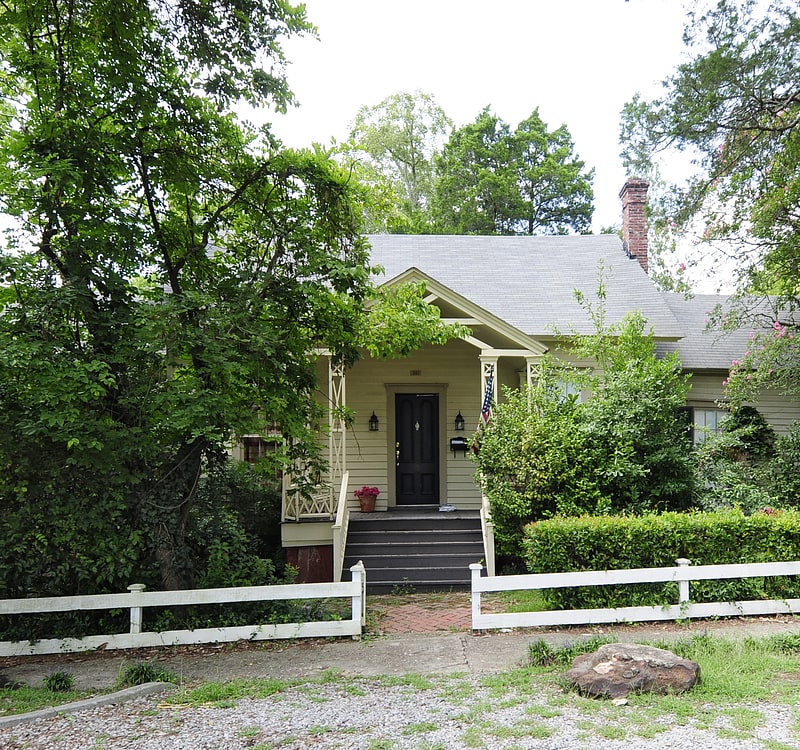
Historical landmark in Aiken, South Carolina. The Legare-Morgan House is a one-story clapboard structure built in Aiken, South Carolina around 1835. From 1850-1859 it was the home of the artist, poet and inventor, James Mathews Legare. In 1870 the property was sold to Thomas C. Morgan. The home, located in proximity to Aiken's downtown area, was listed on the National Register of Historic Places September 22, 1977.[10]